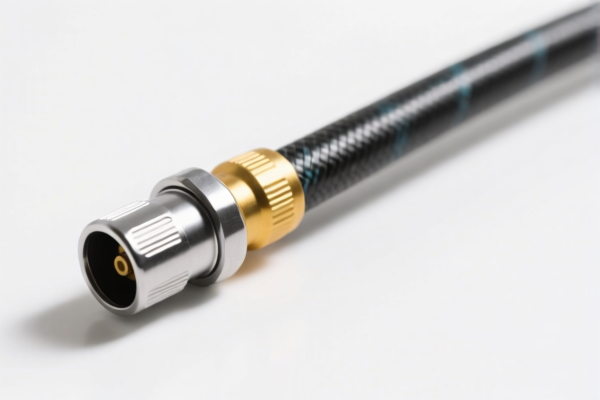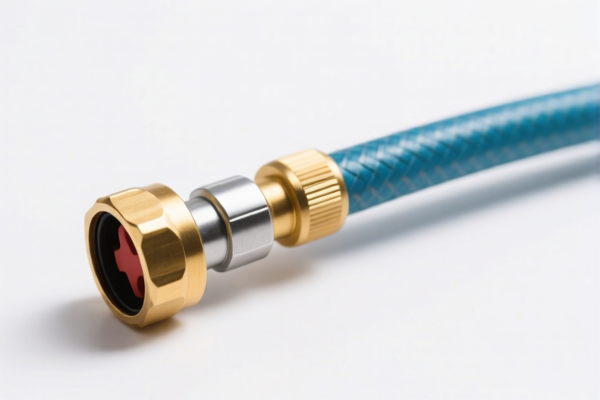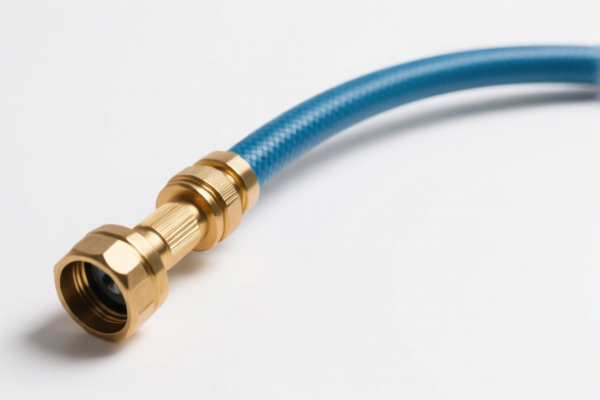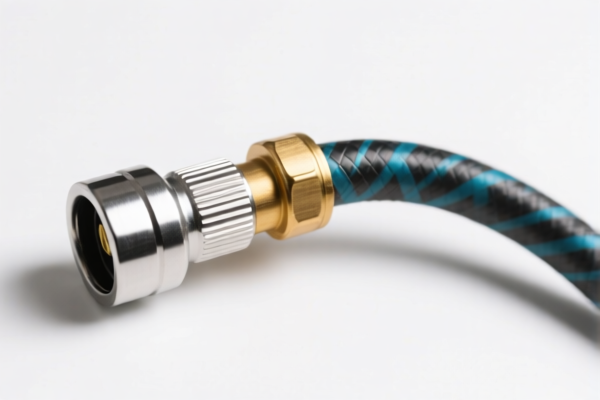| HS Code | Official Doc | Tariff Rate | Origin | Destination | Effective Date |
|---|---|---|---|---|---|
| 8487900040 | Doc | 58.9% | CN | US | 2025-05-12 |
| 8487900080 | Doc | 83.9% | CN | US | 2025-05-12 |
| 7317006530 | Doc | 80.0% | CN | US | 2025-05-12 |
| 7326908688 | Doc | 82.9% | CN | US | 2025-05-12 |
| 7326908688 | Doc | 82.9% | CN | US | 2025-05-12 |




High-Pressure Oil Nozzle
A high-pressure oil nozzle, commonly referred to as a fuel injector nozzle, is a precision component used in internal combustion engines and other applications requiring the atomization and controlled delivery of oil at high pressures.
Material:
- Stainless Steel: Predominantly used for its corrosion resistance, durability, and ability to withstand high pressures and temperatures. Grades like 304, 316, and 410 are common.
- Alloy Steel: Employed in components requiring exceptional strength and wear resistance.
- Tungsten Carbide: Used for nozzle orifices and seats in applications demanding extreme wear resistance, particularly in common rail systems.
- Ceramics: Increasingly utilized in advanced designs for improved wear resistance, reduced friction, and enhanced atomization.
Purpose:
The primary purpose of a high-pressure oil nozzle is to inject fuel into the combustion chamber (or other target area) in a finely atomized spray pattern. This atomization promotes efficient combustion by maximizing the surface area of the fuel exposed to air.
Function:
- Atomization: Breaking down the fuel into tiny droplets for optimal mixing with air.
- Metering: Precisely controlling the amount of fuel injected per cycle.
- Spray Pattern Control: Directing the fuel spray in a specific pattern to ensure complete combustion and minimize emissions.
- Timing: Delivering the fuel at the correct moment in the engine cycle.
- Pressure Regulation: Maintaining consistent fuel pressure for reliable performance.
Usage Scenarios:
- Internal Combustion Engines: Gasoline and diesel engines in automobiles, trucks, motorcycles, and stationary power generators.
- Diesel Common Rail Systems: Direct fuel injection into the combustion chamber for improved efficiency and reduced emissions.
- Gas Turbines: Fuel injection for power generation and aircraft propulsion.
- Industrial Burners: Precise fuel delivery in heating, processing, and manufacturing applications.
- Agricultural Equipment: Fuel injection in tractors and other farm machinery.
Common Types:
- Single-Hole Nozzles: Simplest design, offering good atomization but limited spray control.
- Multi-Hole Nozzles: Multiple orifices for improved spray distribution and penetration.
- Swirl Nozzles: Utilize a swirling motion to create a conical spray pattern.
- Pintle Nozzles: Feature a pintle valve to control fuel flow and spray characteristics.
- Sac Nozzles: Incorporate a small cavity (sac) to improve atomization and reduce dribbling.
- Common Rail Nozzles: Designed for high-pressure common rail fuel injection systems, offering precise control and efficient combustion. These often feature sophisticated solenoid or piezoelectric actuators.
- Air-Assist Nozzles: Utilize compressed air to enhance atomization and spray penetration.
- Pressure Swirl Nozzles: Combine pressure and swirl to create a fine, conical spray pattern.
High pressure oil nozzles are machinery parts used in systems requiring precise oil delivery at high pressure. They are typically found in internal combustion engines, hydraulic systems, and precision lubrication applications. The nozzles are not specified as containing electrical connectors, insulators, coils, or contacts.
The following HS codes may be relevant:
- 8487900040: This code covers machinery parts, specifically other oil seals (excluding those of chapter 40), not containing electrical features. While a nozzle isn’t a seal, it is a machinery part without electrical components. The basic tariff is 3.9%, with an additional 25.0% tariff, increasing to 30.0% after April 2, 2025, resulting in a total tariff of 58.9%.
- 8487900080: This code also covers machinery parts not containing electrical features, described as "Other Other". The basic tariff is 3.9%, with an additional 25.0% tariff, increasing to 30.0% after April 2, 2025. A further 25% tariff applies to steel or aluminum products, resulting in a total tariff of 83.9%.
- 7326908688: This code covers other articles of iron or steel, described as "Other: Other: Other: Other". The basic tariff is 2.9%, with an additional 25.0% tariff, increasing to 30.0% after April 2, 2025. A further 25% tariff applies to steel or aluminum products, resulting in a total tariff of 82.9%.
Regarding HS code 8487900080 and 7326908688, please note the need to verify the material (steel or aluminum) as a 25% additional tariff applies to these materials.
Customer Reviews
No reviews yet.